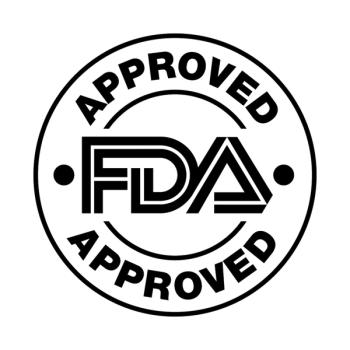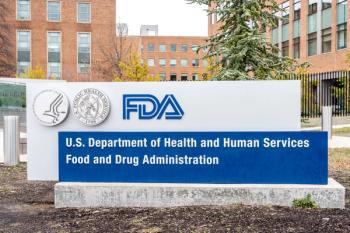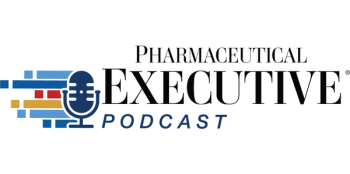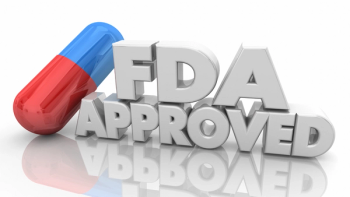
Health insurance and managed care industries stabilize
New York-based Standard & Poor's ratings outlook for the health insurance and managed care industries in 2000 is stable. However, according to the company problems persist in certain regions of the country, particularly New England, Texas and Florida.
New York-based Standard & Poor's ratings outlook for the health insurance and managed care industries in 2000 is stable. However, according to the company problems persist in certain regions of the country, particularly New England, Texas and Florida.
The financial strength of health plans and health insurers will continue improving because of hefty premium increases implemented in the latest round of contract renewals, according to Standard & Poor's. However, rigorous state regulations, threats of healthcare legislation at the federal level, improved bargaining power of hospitals and physician providers in some regions and class action lawsuits filed against managed care companies may cloud the industry's overall financial improvement.
Industry consolidations, a trend likely to continue in 2000, have been due primarily to many health plans' weak financial strength, stemming from poor underwriting performance from 1995 through 1998. As the industry experiences continued consolidation and stock conversions, improved capitalization and stronger earnings are expected to drive rating enhancements.
Earnings improvements in 2000 are expected to be a direct result of not only substantially higher premium pricing, but also of health insurers' and managed care providers' sharp focus on cost containment. These businesses have implemented a variety of strategies to reduce administrative expenses and combat rising drug costs. For example, in 1999, these companies demonstrated an increased focus on changing benefit plans by adopting measures such as adjusting pharmacy benefits to a three-tier structure or narrowing the formulary list. Companies also developed medical management programs as a means of controlling healthcare costs.
Additionally, Standard & Poor's indicated that cost containment not only focused on lowering healthcare costs, but also emphasized the reduction of administrative costs. The move toward higher premium pricing has encountered relatively little resistance, as employer purchasers have reluctantly accepted the increases. Furthermore, the highly publicized financial failures among health insurers and managed care organizations have increased the importance of health plans' financial strength to consumers.
A full list of Standard & Poor's financial strength ratings on managed care and health insurance companies can be found on the ratings service's Web site at www.standardandpoors.com/ratings. PR
Newsletter
Lead with insight with the Pharmaceutical Executive newsletter, featuring strategic analysis, leadership trends, and market intelligence for biopharma decision-makers.





